#arundinaria
Explore tagged Tumblr posts
Text
I found a whole bunch of native bamboo that is not only currently flowering, but has flowered over at least the past week, and has tons of flower buds that aren't open yet. Currently uploading the videos to the Internet Archive, then they're going on youtube, then I will finally upload all the photos for everyone to see!
Might also have found some seeds from last year? But. Well. I dropped them. But I'll get more tomorrow when I actually bring a container with me to put them in. I wasn't expecting to find anything. so I just had my normal pockets. Which don't work lol.
4 notes
·
View notes
Text
I guess I have to move and be a person but all I want to do is read about American bamboo and the people who love it
6 notes
·
View notes
Text
youtube
#arundinaria#native bamboo#rivercane#river cane#Rivercane Restoration Alliance#switchcane#switch cane#native plants#conservation#Youtube
1 note
·
View note
Text
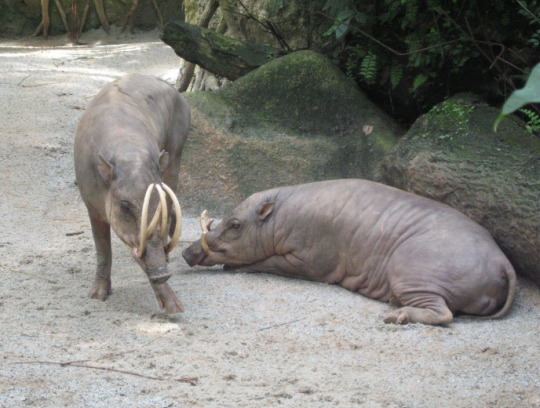
Sulawesi Babirusa (Babyrousa celebensis)
Family: Pig Family (Suidae)
IUCN Conservation Status: Vulnerable
Native to the islands of Sulawesi, Pulau Muna, Butung and Lembeh in Indonesia, the Sulawesi Babirusa is a small, slender, almost entirely hairless species of wild pig best known for the four enormous curled tusks seen in adult males (which are derived from highly elongated canine teeth,) although adult females also possess a single pair of smaller, less elaborate tusks protruding from their lower jaws. The tusks of a male babirusa are used to intimidate rival males and impress potential mates (with females generally preferring males with larger, curlier tusks,) although despite their impressive appearance they are brittle and unsuited for fighting; males generally resolve conflicts through intimidation alone, but if a fight does occur they instead rear up onto their hind legs and strike at each other with their front hooves, similar to a clumsier version of the boxing behaviour of hares. Typically inhabiting dense forests or canebrakes (forest-like areas dominated by tall bamboo of the genus Arundinaria,) members of this species tend to remain near permanent bodies of water such as rivers and large ponds and feed mainly on fallen fruit, although like other pig species they are unspecialised omnivores and will also readily consume leaves, roots and small invertebrates. Female Sulawesi Babirusas live in groups of around 15 adults accompanied by their young, while males are generally solitary outside of the mating season (between January and August). Unlike most pigs females of this species produce only small litters of 1-2 piglets each year, with young being born tuskless and covered in a coat of short, reddish-brown hair.
--------------------------------------------------------------------------
Image Source: https://www.inaturalist.org/taxa/74099-Babyrousa-celebensis
#Sulawesi Babirusa#babirusa#pig#pigs#suidae#zoology#biology#mammalogy#animal#animals#wildlife#Asian wildlife#Indonesian wildlife#ungulates#ungulate#even-toed ungulate#even-toed ungulates#artiodactyla#artiodactyls#wild pig#wild pigs#mammal#mammals
37 notes
·
View notes
Text
Me fascina el sur estadounidense porque el clima, y en mucha medida la naturaleza, es muy parecida a mi propio hogar (el litoral argentino).
Y encuentro muchos paralelismos; así como el Gran Chaco ahora está pasando por un proceso de pampeanización, con la destrucción total de la matriz vegetal "mosaico" (o sea, bosques sabanas y humedales) para el cultivo de soja y otros, el sur estadounidense también sufrió una transformación muchísimo más destructiva y profunda. Para pensar que el sur de EEUU, antes de las grandes transformaciones de su ambiente con la colonización, tenía cotorras (Cotorra de Carolina, extinta), cañaverales (Arundinaria, que de no ser por tumblr no sabía que existía, casi extinta), yaguaretés (!!!), y por supuesto todavía tiene caimanes y otra fauna bien subtropical. El Paraná no parece tan lejos del Mississippi.
Y lo que me sorprende acá es la discriminación que siempre veo asociada CONTRA el sur de EEUU. Porque desde que tengo memoria que ando en el internet anglosajón, el sur de EEUU siempre es un chiste; lleno de racistas, incesto, pobreza, mala educación. Lo cual me parece irónico, porque justamente es el sur donde vive una gran cantidad de afro-americanos, así que no es un poco raro acusar a toda una región de racismo, sabiendo que las principales víctimas de ese racismo viven ahí y lo consideran su hogar? Y no solamente eso, sino la cultura que tiene. Sin el sur, no existiría el rock ni el funk que tanto disfruto, ni hablar del jazz o del blues y mucho más. Cosas que no solo formaron la cultura de EEUU, sino que transcendieron a una escala global.
En fin, me parece interesante esto porque yo vivo en un contexto donde la cultura de EEUU, en general, se impone sobre mi país y el resto del mundo por la globalización. Y al ver como es EEUU por dentro, veo que esa imposición también empieza y se da ahí de cierta forma (y esto ni siquiera hablando de las tribus nativas, la segregación y mucho más). Es como lo siguiente; el sur de EEUU, como el litoral argentino, es subtropical, es "exótico". Lo cual no concuerda con un mundo que es, culturalmente, eurocéntrico, y templadocéntrico. Así que incluso si forma parte de ese centro de los países centrales, siempre culturalmente se lo discrimina y se lo tiene apartado de lo que es algo "culto" y "rico", como sería el norte de EEUU. Cuando me quejé del eurocentrismo en las historias de ficción, apunto a esto. Como se expresa incluso en el rechazo de ciertos climas y culturas, que parece tan arraigado que hay gente que ni lo piensa dos veces.
(ni siquiera llegué a tocar directamente de política acá porque eso ya es otro tema)
21 notes
·
View notes
Text
if you google arundinaria gigantea one of the first results is a nursery selling invasive asian bamboo falsely labeled as native cane and it makes me so mad I could spit blood. there has to be an authority I can report them to right please say there’s a plant FBI I can call
3 notes
·
View notes
Text
Steve Harrington's babies from favorite to least favorite in no particular order because he loves all his kids equally
based on this
(image limit is a bitch so pics of the bonsai trees will be in the reblog </3)
1. Non-Concussed Steve (Petunia)

(it was a present after all it is only polite to get misty-eyed every time he looks at her)
2. Rose Nylund (apple tree Bonsai)
(what can he say, it was love at first sight)
3. Dorothy Zbornak (Scarlet Begonia Bonsai)
(tiny tree AND pretty flowers?! Do you even need to ask at this point)
4. Blanche Devereaux (azalea bonsai)
(Don't tell Blanche but he just finds Dorothy's colors a bit prettier)
5. Sophia Petrillo (juniper bonsai)
(he loves the way the trunk twists and turns)
6. The Golden Girl (maple tree bonsai)
(Her full name is actually the golden girls intro song but when other people are around he only calls her gold)
7. Tall Lucas (Dracaena Fragrans)
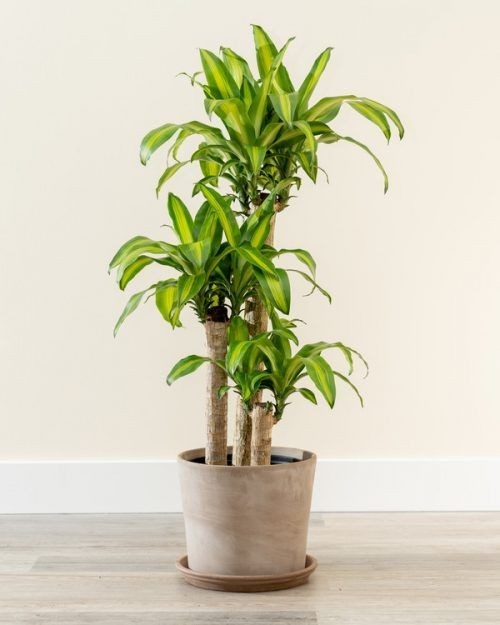
(the one that opened his eyes to the possibility of trees in small)
8. Mike Junior (Swiss Cheese Plant)
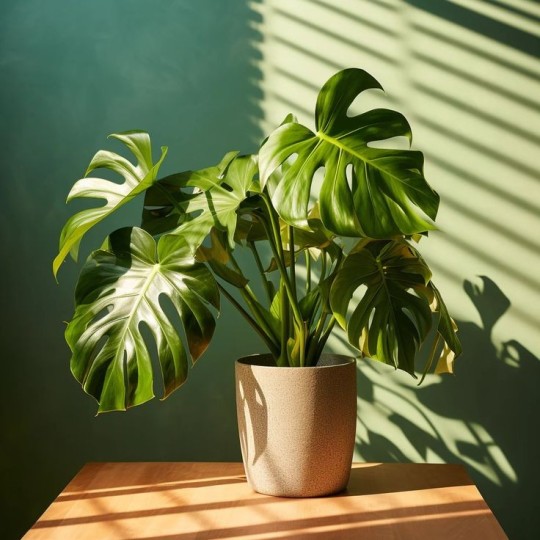
(it was his first adopted plant it has a special place in his heart)
9. Eddie Blink Blink Asshole (Gerbera Daisy)
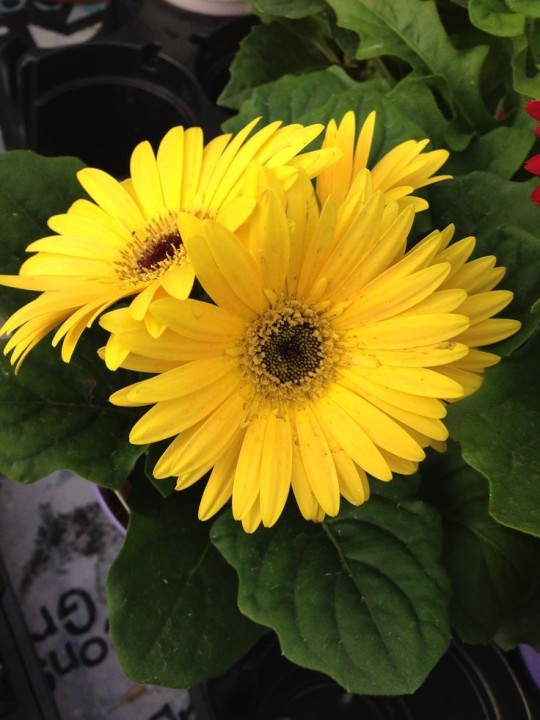
(He just finds the flower pretty okay?! Everyone else only knows this beauty as Eddie only, and Steve is taking the full name to his grave)
10. Supergirl (String of Pearls)
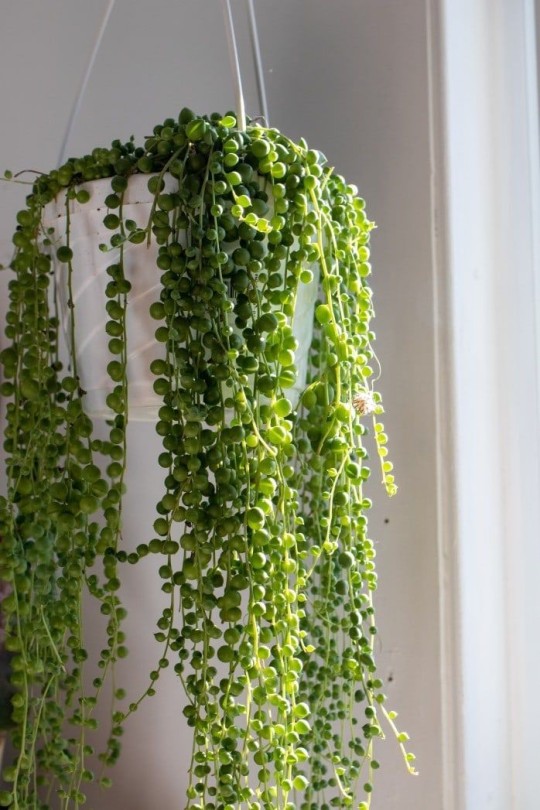
(Admittedly he always puts this one a bit further up because he feels bad that he only associated it with El because of her nosebleeds. And Supergirl is also super good at hanging.)
11. Red Cactusfield (Cactus)
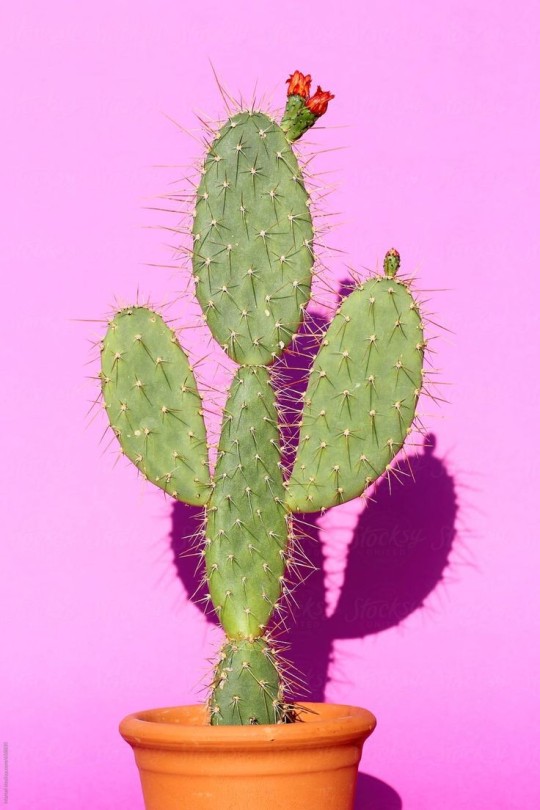
(She would be higher if she didn't keep pricking his finger like a fucking asshole. She also falls a bit into the background because she isn't as needy as some others) (he is talking about the bonsais)
12. Will The Strong (arundinaria appalachiana)
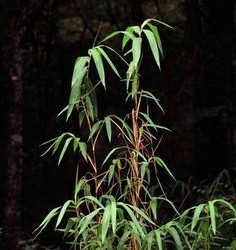
(the shame he feels every time he looks at the plant he got because he thought it looked "exotic" only to find out that it is native will never completely leave him)
13. Henderson Hard-Head (Succulent)
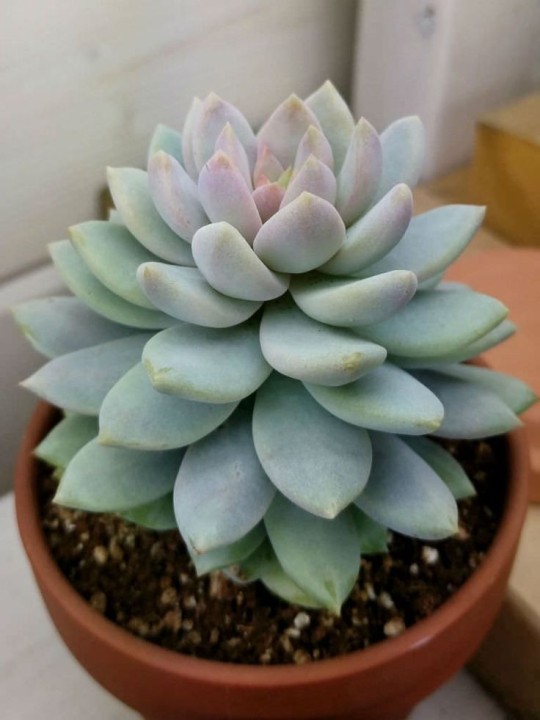
(his foot is still sore from when this fucker fell on it)
#steve harrington#lucas sinclair#mike wheeler#eddie munson#el hopper#max mayfield#will byers#dustin henderson#stranger things
56 notes
·
View notes
Text
The Bamboo Blood Moon
03.13.2025

An Explanation of Terms
The Bamboo Moon: The Herakleios (March) Full Moon
A Blood Moon: A Full-Moon that is also a Lunar Eclipse.
The Bamboo Moon is a celebration of the upcoming spring, as well as the start of new endeavors. Typically occurring in close proximity to Anoixi (the Spring Equinox), this Moon symbolizes the start of new beginnings and new experiences. The Frost Moon was the time for planning new endeavors and projects, and The Bamboo Moon is the time to put that planning into action.
Take the time to take stock of the resources you have (material or otherwise) and also take the time to express gratitude for the privileges and blessings in your life. The Bamboo Moon serves as a jumping-off point, to begin anew; but it also serves to remind us not to be hasty or make rash decisions - true success takes time.
Obtaining new plants and furniture are both auspicious, as are planting sprouts and repotting houseplants.
Symbols & Decore
Hair Binding/Veiling:
Not Recommended
Jewelry/Adornments:
Recommended
Foods of Significance:
Poppy Seed Bakes Goods Such as Muffins and Bread
Beans and Legumes
Dishes Containing Dairy Such as Butter and Sour Cream
Colors of Significance:
Green
Symbols of Significance:
Wildflowers and Spring Greenery
Bamboo and Bamboo Sprouts
Images of The Buddha
History vs Modern Day
While full moons may have been celebrated in ancient times, there is little to no record of a specific festival or observance for these lunar events (unlike Noumenia, etc.)
The traditions, alignments, and recommendations for our Full Moon Festivals come from a variety of places - not all of which are Hellenic in nature. Our Full Moon Festivals are also inspired by the local flora and fauna of South Carolina (where our Temple is located) as well as from other pagan and neo-pagan Full Moon traditions.
The Bamboo Moon is named in honor of Arundinaria Gigantea, also known as 'Giant Cane', a species of bamboo that is native to South Carolina. While Giant Cane habitats and numbers are on the decline, this species of Bamboo is reported to provide food and/or shelter for nearly 70 species, including butterflies, several species of warbler birds, and the white-eyed vireo songbird (source: Wikipedia)
Herakleios is also the month in which we honor Lord Hermes, as well as The Buddha¹. In this, The Bamboo Moon is a time to commune with the natural world and with fellow practitioners. Communication, learning, and the extinguishing of ignorance all honor Lord Hermes and The Buddha.
Eirene - peace and farewell,
- Aön & The Temple of Hyacinthus
¹You can read more about Greco-Buddhism here.
#The Bamboo Moon#The Bamboo Moon 2025#The Bamboo Blood Moon#The Bamboo Blood Moon 2025#Hermes#Lord Hermes#Buddha#The Buddha#Lord Buddha#Budah#Lord Budah#helpol#hellenic polytheism#the temple of hyacinthus#Ritual Months#Ritual Calendar#Lunar Holidays#Lunar Holy Days#textpost
4 notes
·
View notes
Text




I don't know for sure but I believe this is Her - Arundinaria gigantea! Found at Big Bone Lick State Park in KY.
The scale doesn't come across super well in the photos, but the chainlink fence in the second photo was about 5' high, so this stand is pretty tall!
@headspace-hotel for your records
2 notes
·
View notes
Note
ok so what kinda science would be new and novel to your peusocule, do you have arundinaria gigantae? do you need an amateur plant biologist? is the girl who longlingly stares at lichen on tree bark role filled yet?
those are all available slots as far as i know
2 notes
·
View notes
Text
So the squirrel literally broke off a peice of cane and carried it up a tree to eat! apparently it tastes good to lots of herbivores. Including pandas.
3 notes
·
View notes
Text
Major props to the Lady Bird Johnson Wildflower Center for not pulling any punches in their write-up for Arundinaria gigantea
Like, full shade. 100% here for it

6 notes
·
View notes
Text
[ID 1: A screenshot of tags that read, "There's bamboo native the the united states? hello? Is this gonna turn into a research thing like inneskeeper's soy sauce saga, either way this sis some of the most information of all time". End ID 1.]
[ID 2: Three photos of river cane, showing lower down near the grond, then the middle, and then the camera pointed up to show the tops. The river cane has straight, narrow stems like other bamboos, mostl dark green, with light brown of old, dried leaves. The ground below is covered in dead leaves. In the last photo, the cane stretch high above the camera into the blue sky. End ID 2.]
[ID 3: A screenshot of a reply by motherfucking-dragons, asking, "What is the endangered pitcher plant?" this is followed by a photo of the Alabama canebreak pitcherplant, which has very pale green and yellow tube shaped leaves facing up into the sky, some tinged with red. End ID 3.]
[ID 4: Another photo of the river canebreak, showing the tall plants from the middle at eyelevel. They grow densely packed, with the ground covered in the dried leaves. End ID 4.]
[ID 5: Three photos. The first shows a collection of rivercane seeds on a black surface. They are dark, dull green or brown, and and shaped like tiny cobs of corn, most of them attached to eachother in staggered rows on their original stems. The next photo shows one of the seeds held in a dirt covered hand, light brown and germinating with a small white root emerging. The third photo shows the seed forming its first tiny shoot above soil. End ID 5.]
[ID 6. A photo of several dozen assorted small plant pots, each with one or two river cane seedlings growing in them. The seedlings are very thin, with short, grassy leaves. Some of the plant pots are traditional starter posts, other are plastic cups. End ID 6.]
[ID 7. A photo from above of a young rivercane plant with three shoots, showing healthy green leaves, while in the background the ground is covered in dead maple leaves from fall. End ID 7.]
____
hey, I didn't realize this plant was a big deal, there's a ton near us. So if you want to really easy way to clone it... Put a plant pot with big holes in the bottom near it, and wait for it to send a shoot up through the bottom of the plant pot and into the air. Let it grow for a while and then cut off the root connecting the pot to the ground.
This has happened multiple times completely by accident.
If it works the same way as our purple passionflowers, which are also native, then you can probably just move that pot somewhere else and it will once again grow roots through the ground and then you have more clones. And how to tell both of them apart from the invasive bamboos.
I got a photo a while ago of a massive clump from across a creek, and I would like to know if it's the native or invasive kind:


[ID: Two photos of a bamboo plant from a distance. The first shows very long, thin canes with small green leaves. The second is zoomed out, with a hand shielding the camera from the sun's glare at the top, showing a massive cluster of the bamboo hanging down over the side of a creek at the bottom of a hill. End ID.]
I can probably get better pictures of it this year.
Someone needs to go on iNaturalist and hyperfixate about identifying this genus
Update several hours later: We now have clones of three different plants from our general area and tomorrow I'll go out and get clones from two more I know of. Still not sure if they're actually river cane (Arundinaria gigantea) or switch cane (Arundinaria tecta).
Edit again: helpful site for identifying 3 of the different native species
y'all ever reach the end of google
#Long post#Native plants#land back#Landback#River cane#Arundinaria#described images#Arundinaria gigantea#Arundinaria tecta
109K notes
·
View notes
Note
Random Fun fact: Bamboos do exist in the US and are found in the Eastern and Southeastern states, from the south of New Jersey to Florida and west of Texas.
So my question is, have you ever seen bamboo in Texas?
the genus arundinaria! three species. i can't recall if i've seen them with my own eyes, but considering i've been up and down the eastern seaboard and through the entire southeast, the chance is pretty decent that i have. in texas specifically? i don't live in the bioregion that it would prefer, but I'm sure it's still around here!
9 notes
·
View notes
Text
Easement
I did not see a parakeet. Nor did I expect to because the last time anyone saw the kind I could have seen was one hundred years ago. But had I seen one, it would have had a green body, a yellow neck, and a red crown, like a granny smith apple, turning into a golden delicious, ending with a fuji flourish. Unlike apples though, this parakeet would have been indigenous. Back in his day, Audubon fixed four of them, all on a branch of matured cocklebur, their name swirling below–Carolina Parrot or Parakeet—just as live ones would have swirled above and outside his page, until they all passed (a century later) into life only re-presented (drawings, pictures, reminiscence, taxidermy).[1] So, I did not see a parakeet.
But I did see cane, as I was in a canebrake. Switchcane, rivercane and hill cane, the genus Arundinaria trio, bamboos native to North America. I am not sure which species of cane I was in, though my guess is switchcane (A. tecta), as rivercane (A. gigantea) also has the name of giant cane for its remarkable height—at maturity it is taller than a grown man on a grown horse; and hill cane (A. appalachiana) has a topographic preference that did not describe the place where I stood.

Nevertheless, they all look similar, more like plants in diagram rather than plants in dirt, their linear stems appear pencil drawn, their lance like leaves seem generated by straight edge. Enmassed, canebrakes look like early computer-generated greenery before sinuosity was possible. In a way, they are an early plant—a fire rolls through, clears the understory, perhaps takes a tree or two down with it; the flames cease and cane is among the first to resurface, and resurface quickly for it is not as dependent on reseeding as it is on its rhizome.[2] Like the longleaf pines which it once accompanied over the land, it looked forward to the fire next time. Out of the flames came thickets, which though they may have barred other plants, they were quite welcoming to Carolina parakeets, warblers, “cougars, bobcats and wolves” canebrake rattlesnakes, creole pearly eye butterfly and untold others.[3] Walls of cane were a kind of mass housing for the many migrant, squatter and settling organisms of the southeast. They (particularly river cane) also provided materials of home and place making for humans, as their straight stems were (and still are) gathered by Native American communities especially the Cherokee.[4] Once hollowed out, canes can become basket or blowgun, mat or flute, or—as has become a rustic object— fishing poles. There are not many significant canebrakes today. Cattle ate them, draining and development cleared them, fire suppression stymies their return; the scattered groupings I see along the road are remnants of a lost empire, holding out amidst a concrete ground that stifles them, a dense forest that smothers them, and farmland that suppresses them. But unlike the parakeet they remain. Though, like the parakeet, I was not in the canebrake to see the cane—it fortunately just happened to be there.
I only saw the canebrake, because I was in a conversation easement, which I only noticed because of a small, yellow, all caps sign—"NORTH CAROLINA SOIL AND WATER CONSERVATION EASEMENT BOUNDARY”. “Easement” is one of those legal terms that I knew more by general use than specific meaning. Modified by the word “conservation” easement suggested the land was protected, but why, by who and to what extent was unclear until I looked it up later. The NC Department of Environmental Quality defines conservation easements as: “voluntary legal agreements designed to ensure the long-term viability and protection of the natural resources within a surveyed and recorded boundary. The easement planning process establishes allowances and restrictions that are beneficial to the landowner, the easement holder, and the environment.”[5] The conservation easement then is not foremost a means of protection, but (much more interesting I think), it is a way of organizing layers of rights and access upon a property. Someone owns the lands, but the easement gives some else a right to use it (or not use it, in a way, when conservation is the right being exercised) which in turn inflects the rights and possibilities of both the one who possess the land and others (like myself) who neither own the land, nor hold an easement, but still gain some benefit from the easement’s existence (i.e. enjoying a now rare landscape feature).[6] The yellow sign that alerted me to presence of the easement was nailed into a sweet gum tree. In the FAQ for conservation easements one of the questions asks: “Are there way to precisely identify the boundaries of a conservation easement?”
The answer:
As part of the restoration project, all easement corners were surveyed and monumented in the ground with metal rods. Most of these rods are also topped with 2” diameter aluminum caps. DEQ also uses a variety of methods to post easement boundaries including signage, metal posts, and tree blaze. These may be a witness post or witness tree, located near the line but not the exact location of the boundary.[7]
In some ways, my studies right now could be described as figuring out the extra-legal work of these “witness trees” and their “artefacted” forms into “witness posts” (and columns and panels and all sorts of other wooden things that “witness” human contracts and contact).[8] It gave me pause then, after reading the FAQ to realize that I had witnessed a witness tree that still witnesses (instead of being one in a historical document or text), but that in the moment the sweet gum’s legal function had not even registered to me. I was much more taken by the train of ants along its trunk likely extracting honeydew from aphids up in the canopy, and by the trail of Virginia creeper going up further than the ants, in search of its own luminous food. From the tree’s perspective, witnessing a survey has been only one frame in a very long film still being made around, and around and around it.
In truth, I did even see the easement sign until I was near the tree. And the reason I was near the tree is because a few feet away from it, along the road was the initial object of my attention—a set of black and yellow object marker signs denoting some feature adjacent to the road, a feature which is this case was a culvert underneath the road. Culverts, in their projecting pipe form look like engineering/infrastructural litter, debris left over from a drainage project. In addition to being the ugliest kind they are also the cheapest and least efficient—they do little to channel a flow directly into their opening, which limits how much comes out their exit, potentially leading to the water overflowing the road. Luckily, the culvert I came to see is the recessed box kind with wings extending on its side to welcome water into its inlet, guiding it towards its outlet.[9] Embedded in the earth, moss covered, and a bit worn, there is a minimalist beauty to this kind culvert that does not readily betray the complexity of its task at once to convey ground traffic above and the traffic of water underneath. On the outlet side, some of the water pooled, its clear bottom supported small fish and tadpoles, while its silty edge moistened mosses and grasses and a bit further up also the canes. The water this culvert channels comes from the Indian Branch River, which drains into Deep Creek River, which drains into the Tar River, which drains into the Pamlico Sound, which joins the Atlantic Ocean. Follow these larger waters and you’ll find the larger history of the canes and the Cherokees, the parakeets and the many trees which have witnesses the work of so many kinds of settling, the human version being the most recent, but likely not the last. Though we often like to think otherwise, our homes and other feats of building are ultimately done under a kind of “natural easement”, the land allows us access for a while, but as all the other prior communities of plants or persons show, no claim of possession is final, no root is long and deep enough to always remain (though many can be long remnant). Maybe I will be able to spend a good deal of my life following these state and nation spanning roots, weavings, waters and rhizomes.
But it is not yet time to go so far out. Afterall, the only reason I saw the signs for the culvert, which put me in range to see the blaze on the tree, which brought me close enough to see a canebrake, which led me to imagine what it would be like to still be able to see parakeets, was because I pass the culvert nearly every day when I am home. Fifteen hundred feet from the front door, I have crossed this place many times running, enjoying the brief respite of shade provided by the gums before the land opens again for the farms; and I have driven by it many more times on the way to town, the car bouncing lightly over the culvert. So, I have noticed this spot for nearly thirty years, but this is first time I have “witnessed” the three hundred years of history flowing and growing in it. Either part separately is valuable—to live in a place and feel its features or to come to a place and learn its features, nesting sensations (the shade of the trees, the bump of the road…) or nesting histories (extinction, settlement…). But to bring them together, may, for a moment sustain that special sense which is just able to catch an apple-colored dart zipping across the far end of the eye.
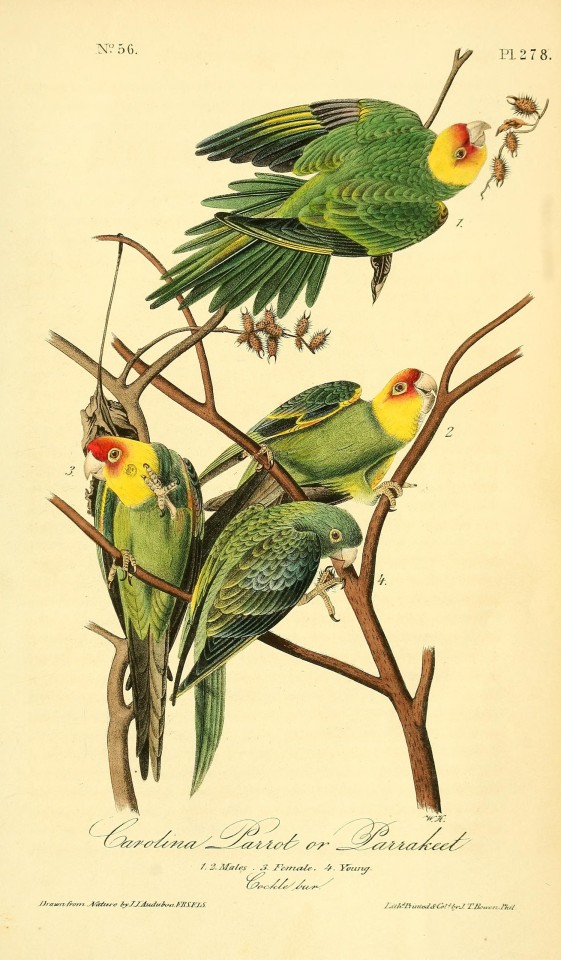
Photos
[1] The Carolina Parakeet, once common from New York down to the Gulf of Mexico, seems to have gone in the first half of the 20th century. The last documented one, named Incas, died in captivity in 1918. It is unclear exactly why it went extinct though habitation destruction seems part of the problem. See: https://johnjames.audubon.org/last-carolina-parakeet and https://www.smithsonianmag.com/science-nature/why-carolina-parakeet-go-extinct-180968740/
[2] There is strong interest in canes and restoring canebrakes. For a general overview see: Barret, Richard; Grabowski, Janet; Williams, M.J. "Giant Cane and Other Native Bamboos: Establishment and Use for Conservation of Natural Resources in the Southeast" U.S. Department of Agriculture, Natural Resources Conservation Service, 2021. For a 18th account of cane use in North Carolina see: Lawson, John. A New Voyage to North Carolina. London: 1709. Digitized at https://docsouth.unc.edu/nc/lawson/menu.html. Lawson recorded many ways that cane was used by the Cherokee.
[3] See: Platt, Steven G., Christopher G. Brantley, and Thomas R. Rainwater. “Canebrake Fauna: Wildlife Diversity In A Critically Endangered Ecosystem.” Journal of The Elisha Mitchell Scientific Society 117, No. 1 (2001): 1–19.
[4] For contemporary work to maintain these traditions see: https://theonefeather.com/2012/05/22/river-cane-important-cherokee-cultural-staple/
[5] See: https://www.deq.nc.gov/about/divisions/deq-administrative-divisions/north-carolina-stewardship-program/living-your-conservation-easement#Aretherewaystopreciselyidentifytheboundariesofaconservationeasement-8672
[6] Though my enjoyment in this case was not a right because this easement is not public (i.e., I was trespassing).
[7] See link on note 4.
[8] Other have already done some of this work. See for example: Miller, Daegan. This Radical Land. Chicago: University of Chicago Press. 2018.
[9] Here is a wonderfully informative video on culverts: https://www.youtube.com/watch?v=15XJDmawbYU
Images:
Carolina Parrot or Parakeet” in The Birds of America: From Drawings Made in the United States and Their Territories Volume 4. John James Audubon. New York: J.B. Chevalier, 1842. p.306.
Image 3208 (Canebrake in Northeast Louisiana early 1900’s). USDA Bureau of Plant Introduction. See note 2 for source.
7 notes
·
View notes
Text
How to Make a Bamboo Chair from Arundinaria: Crafting Tradition with Nat...
youtube
1 note
·
View note